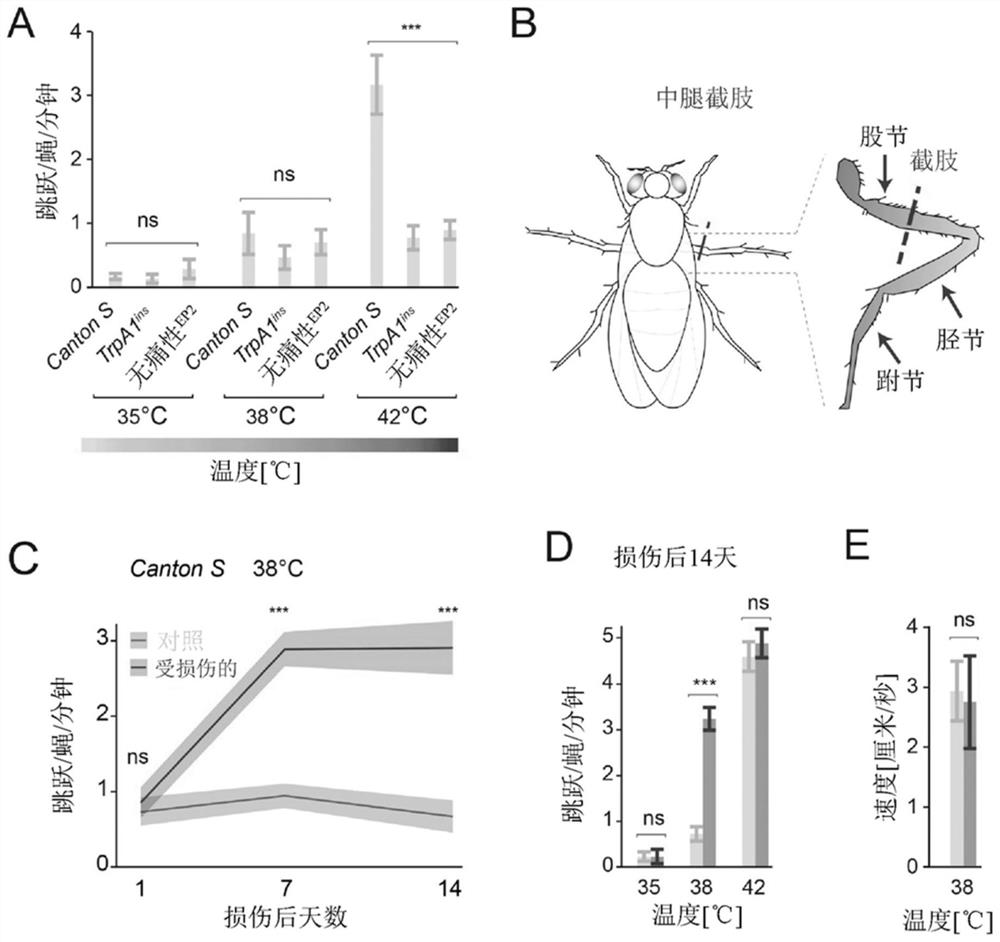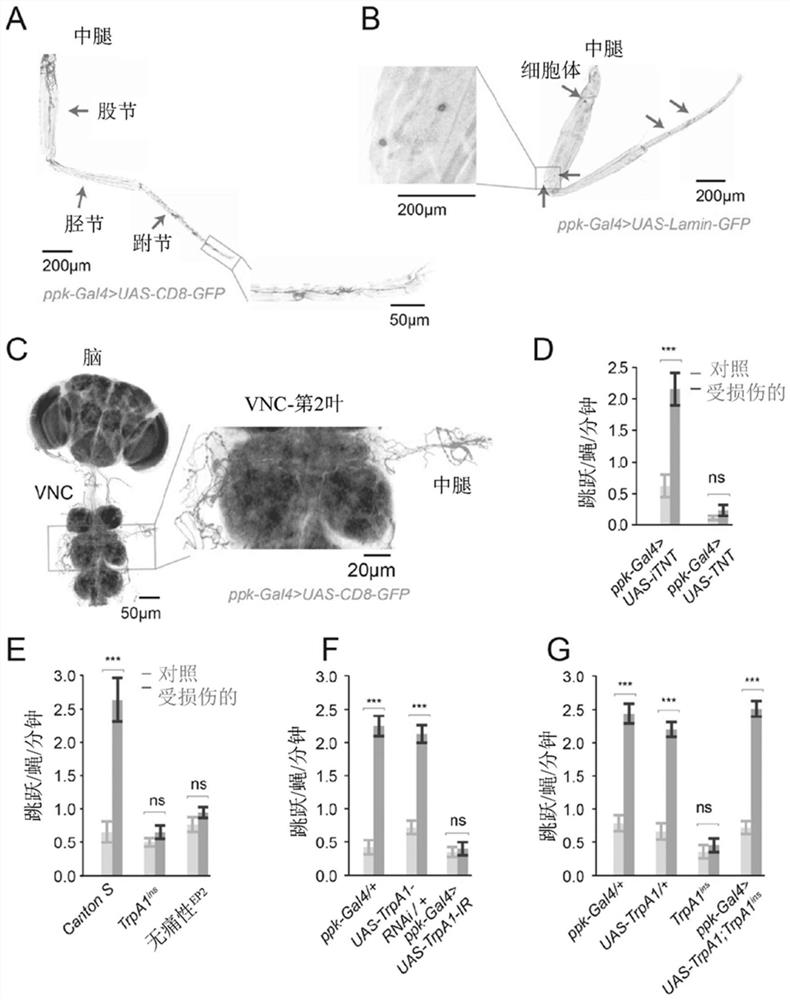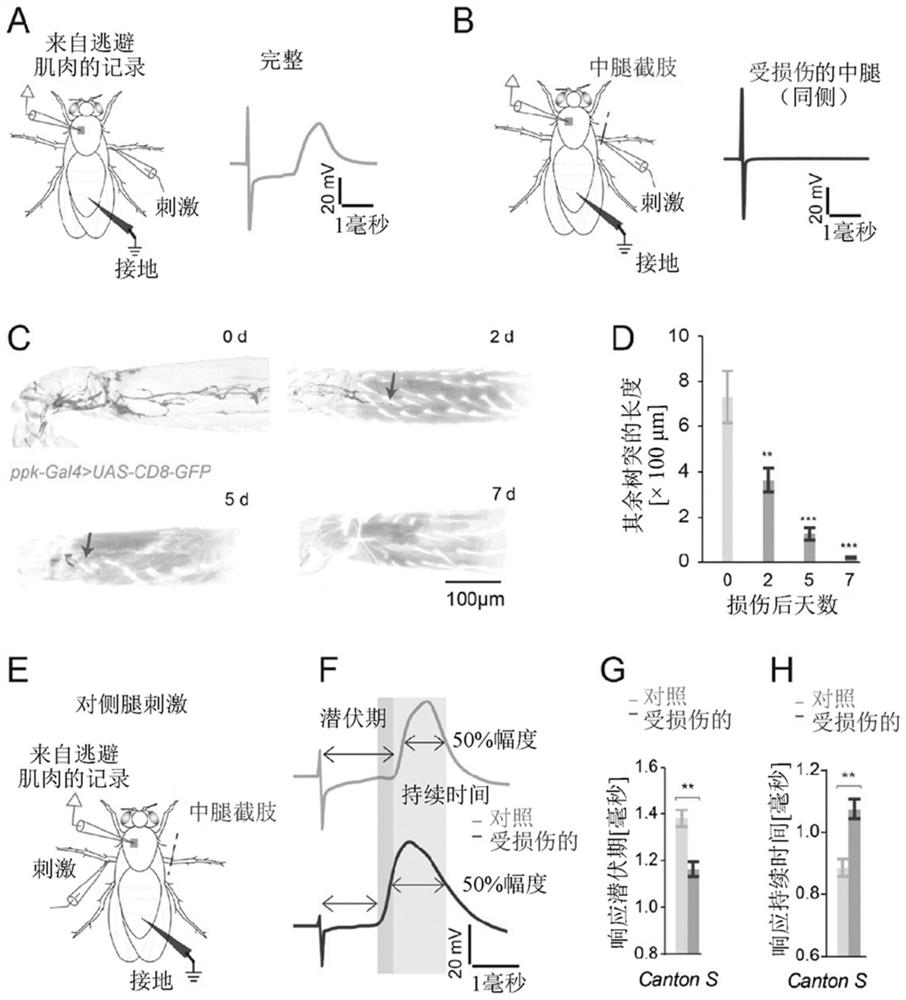Cell compositions and uses thereof
A technology of composition and cell, applied in the field of composition for transplanting GABAergic neurons, capable of solving unsatisfied problems
- Summary
- Abstract
- Description
- Claims
- Application Information
AI Technical Summary
Problems solved by technology
Method used
Image
Examples
example
[0302] Experimental model and subject details
[0303] animal
[0304] Mice were obtained from ARC (Animal Resource Center, ARC) male NOD.PRKD aged 10 weeks and habituated to facilities and equipment for 2 weeks SCID.ARC . All animal experiments were blinded to treatment, and assignment to experimental groups was performed pseudo-randomly by experimenters blinded to behavioral data and health status. Mice were housed under a 12-h light-dark cycle and provided standard chow and water ad libitum at all stages. All mice were maintained in a specific pathogen-free facility and aseptic technique was used for all handling and experiments. All behaviors were performed by a single male researcher. All experiments were approved by the University of Sydney Animal Ethics Committee under Animal Ethics Protocol 938. Experimental design and documentation have been guided by the ARRIVE guidelines and in accordance with Australian National Health and Medical Research Council guidelines. ...
example 1
[0394] Example 1. Neuropathic "pain" is a conserved response to injury.
[0395] To study chronic "pain" in genetically tractable invertebrates, the inventors modeled nerve injury in adult Drosophila. In flies, surface temperatures ≥42°C trigger a strong nociceptive avoidance response or death within minutes. Taking advantage of this behavior, the inventors developed a fly hot plate evasion paradigm to study nociceptive thresholds. Wild-type (Canton S) flies showed minimal escape responses when the surface was set at 25-38°C ( figure 1 A, not shown). However, when the animals were exposed to noxious heat (42°C), uninjured flies showed a strong nociceptive escape response, where the animals exhibited approximately 3 escape responses / fly / min ( figure 1 A). Since the Drosophila TrpA family member TrpA1 (Neely et al., 2011; Zhong et al., 2012) and indolence (Neely et al., 2010; Tracey et al., 2003) are required for acute heat nociception in larval and adult flies , so the i...
example 2
[0397] Example 2. Allodynia is mediated by TrpA1 in ppk+ sensory neurons
[0398] In larvae, ppk+ sensory neurons block the animal's body and transduce acute noxious thermal responses (Zhong et al., 2010). In adult flies, the inventors observed the organization of ppk+ neurons into possible sensory structures in the legs ( figure 2 A), where ppk+ cell bodies are localized along the legs ( figure 2 B) and ppk+ neurons peripherally and send projections to the ventral nerve cord (VNC) and brain ( figure 2 C, Figure 8 C-8E). Importantly, when the inventors blocked the synaptic output of ppk+ neurons with UAS-tetanus toxin, the animals no longer exhibited allodynia after injury ( figure 2 D), while otherwise showing comparable mobility (not shown). Furthermore, while control animals exhibited a sensitive escape response to 38°C following injury, both indolent and TrpA1 mutant animals were completely resistant to this effect ( figure 2 E) And shows no sensitization even ...
PUM
| Property | Measurement | Unit |
|---|---|---|
| diameter | aaaaa | aaaaa |
Abstract
Description
Claims
Application Information
 Login to View More
Login to View More - R&D
- Intellectual Property
- Life Sciences
- Materials
- Tech Scout
- Unparalleled Data Quality
- Higher Quality Content
- 60% Fewer Hallucinations
Browse by: Latest US Patents, China's latest patents, Technical Efficacy Thesaurus, Application Domain, Technology Topic, Popular Technical Reports.
© 2025 PatSnap. All rights reserved.Legal|Privacy policy|Modern Slavery Act Transparency Statement|Sitemap|About US| Contact US: help@patsnap.com



